Proudly Serving The Scottsdale, AZ Area
How to Drain a Water Heater?

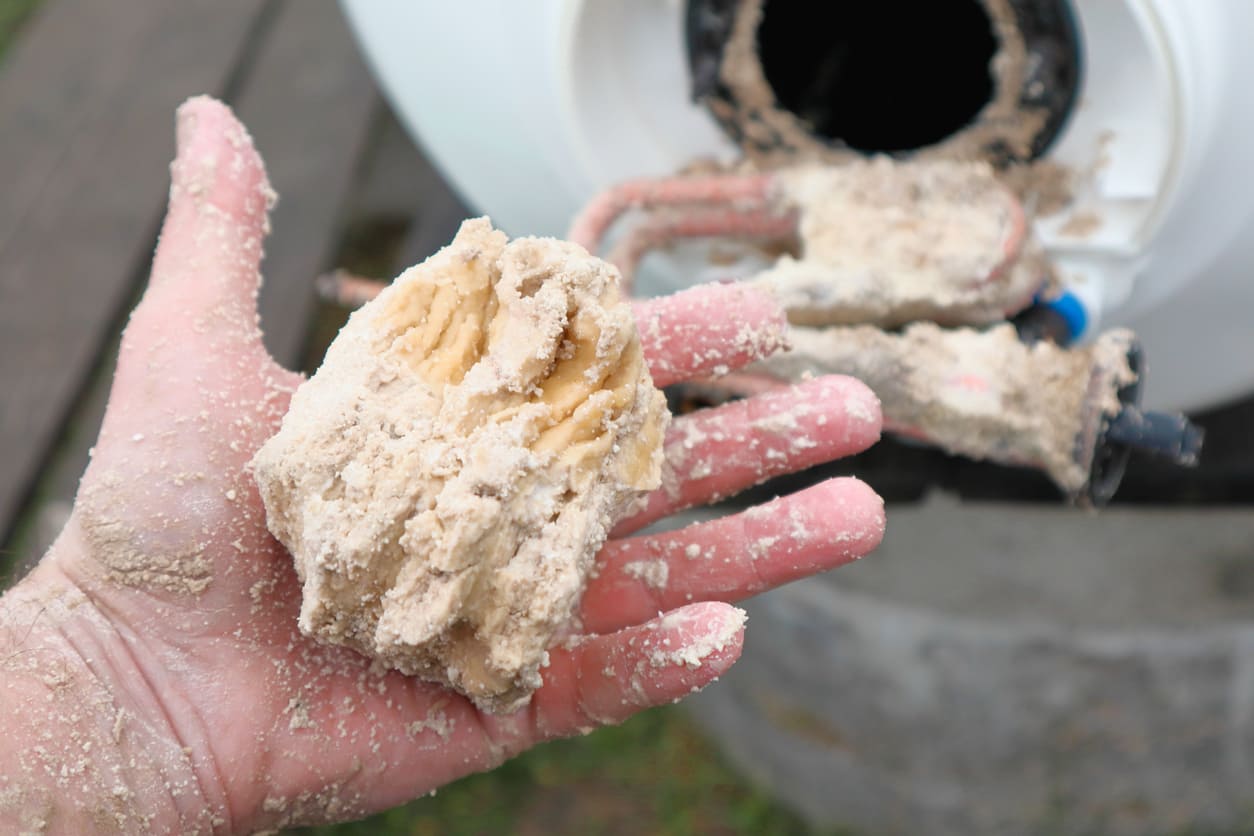
How to Drain a Water Heater?
It’s one of those home maintenance tasks that sounds simple—until you’re standing in front of a rumbling tank, unsure what to do next. For many homeowners, draining a tank is something that’s often overlooked, yet essential for long-term system performance. Whether your water has turned cloudy, your hot water runs out faster than it used to, or your unit is making strange noises, it might be time to pay attention. But before grabbing a wrench or looking up a video tutorial, it’s worth understanding what’s really involved—and when calling a professional might be the smarter move.
What Happens If You Don’t Drain Your Water Heater?
It’s easy to assume your hot water system is doing its job as long as hot water comes out of the tap. But over time, what’s happening inside the tank can silently impact performance and durability. As water flows in and out daily, it brings along minerals, sediment, and debris that slowly settle at the bottom. This accumulation creates a barrier between the heat source and the water, forcing the system to work harder with each cycle. Left unchecked, that sediment buildup doesn’t just reduce efficiency—it shortens the life of the unit and increases your energy bills. Heating elements may overheat and burn out faster, and the base of the tank can become a breeding ground for corrosion. In extreme cases, it can even lead to leaks or complete system failure. Routine maintenance helps prevent all of that, protecting both your plumbing system and your peace of mind.
How to Know When Your Water Heater Needs Draining
Your tank won’t come right out and say it needs attention—but it definitely knows how to drop hints. The signs may seem minor at first, but ignoring them can lead to costly repairs or even full system replacement. Recognizing the early symptoms of sediment buildup can help you take action before your comfort—and your plumbing—takes a hit.
Strange Sounds Coming from the Tank
That unsettling popping or rumbling noise? It’s not just your tank having a bad day. Those sounds are caused by air bubbles trapped beneath layers of hardened sediment as they struggle to escape. The more buildup, the louder the protest—and the harder your system has to work just to do its job.
Cloudy or Discolored Water
If the hot water from your tap suddenly looks rusty or murky, sediment may be breaking loose inside the tank. It’s not only unappealing—it can lead to damage in other parts of your plumbing. When discolored water becomes the norm, it’s a strong sign that a drain and possibly a full plumbing inspection are due.
Step-by-Step Guide: How to Drain a Water Heater Safely
Flushing the tank might sound simple in theory—but doing it wrong can leave you with leaks, burns, or a cold house. Whether you’re tackling this yourself or just want to understand what your plumber is doing, these steps outline the safest and most effective way to flush out that sediment and keep your system running smoothly.
Step 1 – Turn Off the Power or Gas Supply
Start by powering down your unit. For electric models, switch it off at the breaker panel. If it’s gas-powered, rotate the gas valve to the “pilot” position. This prevents the system from heating while there’s no water inside—an important safety step.
Step 2 – Shut Off the Cold Water Feed
Next, locate the cold water inlet at the top of the tank and close it. This stops more water from entering the system and helps prepare it for a full drain.
Step 3 – Open a Hot Water Faucet Nearby
Open a hot water tap at a nearby sink or tub. This allows air into the system, which helps the water drain more efficiently. You’ll likely hear a soft gurgling sound—that’s a good sign.
Step 4 – Connect a Hose and Drain the Tank
Attach a garden hose to the drain valve near the bottom. Run the hose to a floor drain, bathtub, or outside area. Open the valve carefully and let the system empty completely. For a deeper flush, briefly open the cold water valve again to stir up any remaining sediment.
Step 5 – Close, Refill, and Restore Power
Once the water runs clear, close the drain valve and remove the hose. Turn the cold water supply back on and wait until the tank is full. Finally, restore power or relight the gas—whichever applies to your model. Monitor the system for any leaks or odd behavior in the hours that follow.
Should You Call a Pro Instead?
There’s a certain satisfaction in handling things on your own—until a stubborn valve won’t budge or the drain hose starts leaking across your basement floor. Tackling this task might seem straightforward, but if something goes wrong, the consequences can be costly. From overheating elements to flooded utility rooms, the risk-to-reward ratio shifts fast when you’re unsure of the process or the condition of your unit.
Professional technicians bring more than just tools—they bring experience diagnosing deeper issues you may not see. If your system has never been flushed, or if draining doesn’t solve recurring problems like low pressure or temperature inconsistency, it’s time to bring in the experts. Services like water heater repair, plumbing inspections, and even emergency plumbing are designed to prevent small problems from turning into big ones. And when your comfort’s on the line, there’s no shame in handing it off to someone who does this every day.
What Pros Check That You Might Miss
Even if you’re comfortable with draining the tank, a professional will often spot issues the average homeowner can’t see. During a plumbing inspection, a technician will evaluate the condition of valves, test pressure relief systems, and check for early signs of corrosion. They may also examine the anode rod—a key part of the system designed to prevent rust—something that’s rarely addressed in DIY maintenance. If these components are worn or failing, it could lead to premature damage that draining alone won’t fix. In some cases, pipe replacement or targeted repairs may be needed to restore full function. When your goal is to extend the life of your system, these deeper evaluations can make a real difference.
Wrap-Up: Prolong Performance with Simple Maintenance
Your hot water system works quietly behind the scenes—until it doesn’t. Taking the time to drain it periodically can make all the difference, extending its lifespan, improving energy efficiency, and helping you avoid inconvenient breakdowns. It’s a simple habit that offers real peace of mind, especially when paired with a solid understanding of what warning signs to watch for.
Still, even routine maintenance isn’t always straightforward. If you’re unsure about the process or just want it done right the first time, expert support is a smart step. Zest Plumbing & Drain offers trusted water heater repair services, helping homeowners protect their systems and their peace of mind. Call 480-618-1750 to schedule service with a licensed expert who gets the job done right the first time.
Recent News
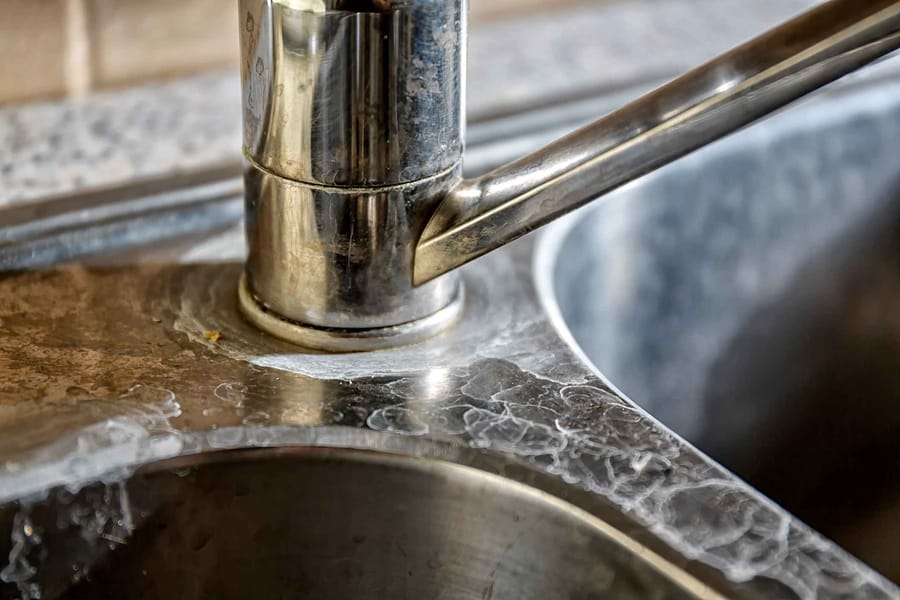
How Arizona’s Hard Water Damages Your Plumbing Over Time
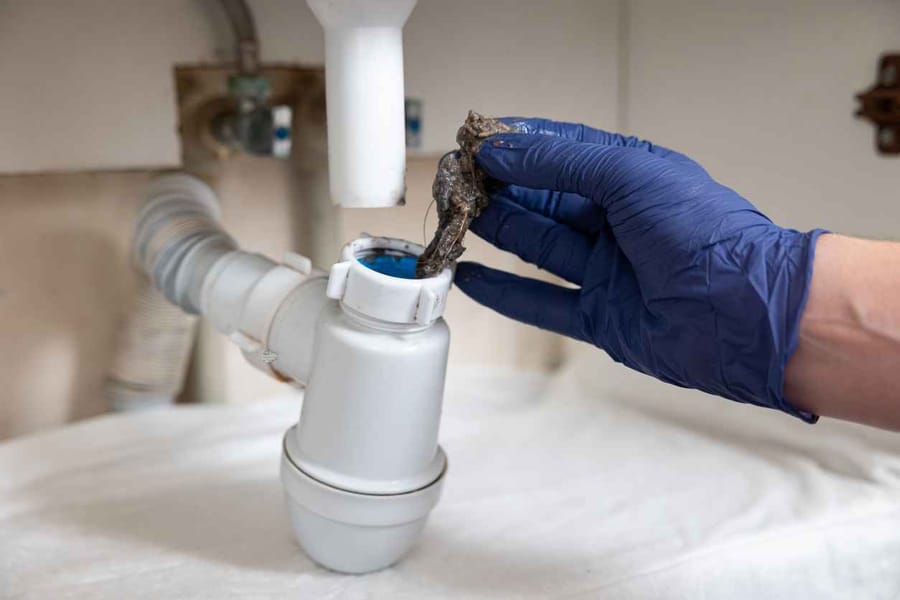
Top 5 Signs You Need a Drain Cleaning in Arizona (Before It Becomes an Emergency)

Why Your Shower Takes Forever to Get Hot and How to Fix It

The Bathroom Drain Inspection Blueprint: What Every Homeowner Needs to Know
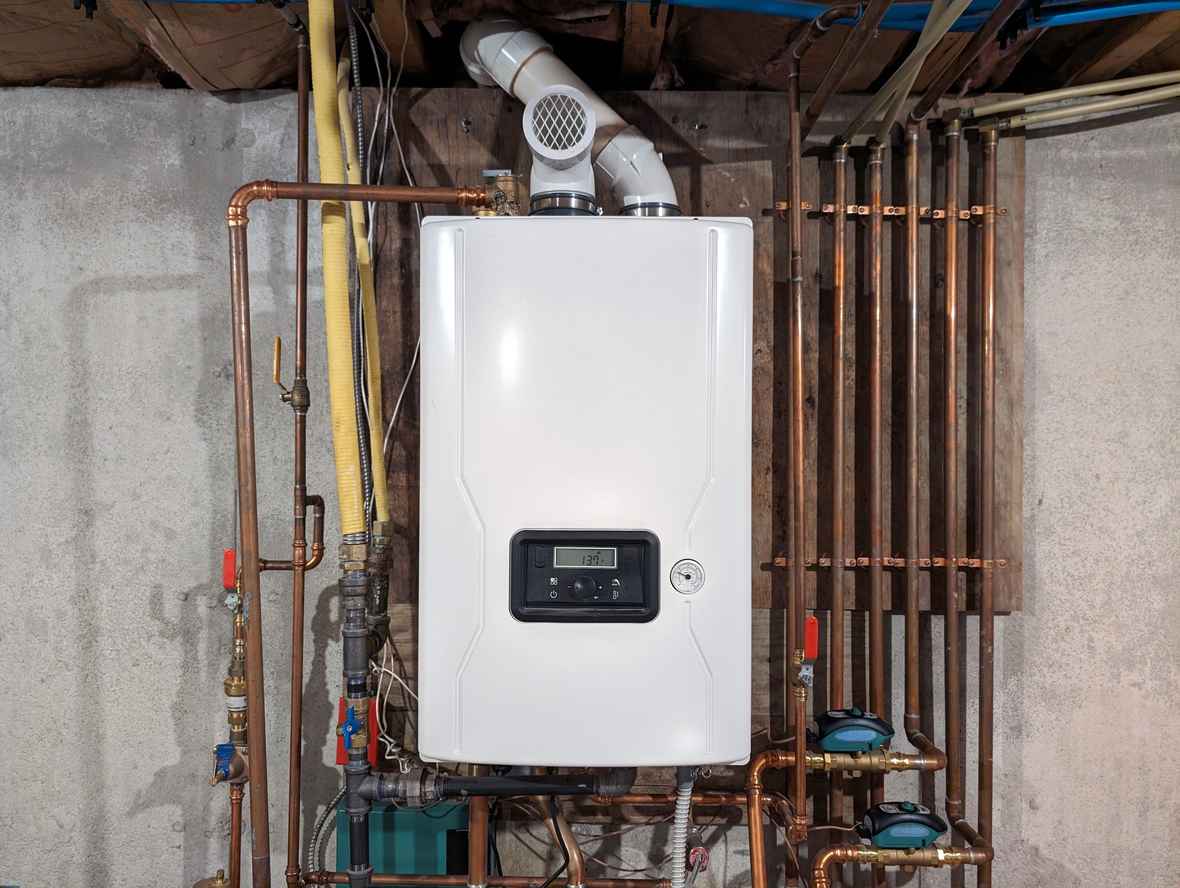
Choosing the Right Water Heater: Tankless vs. Storage for Your Scottsdale Home
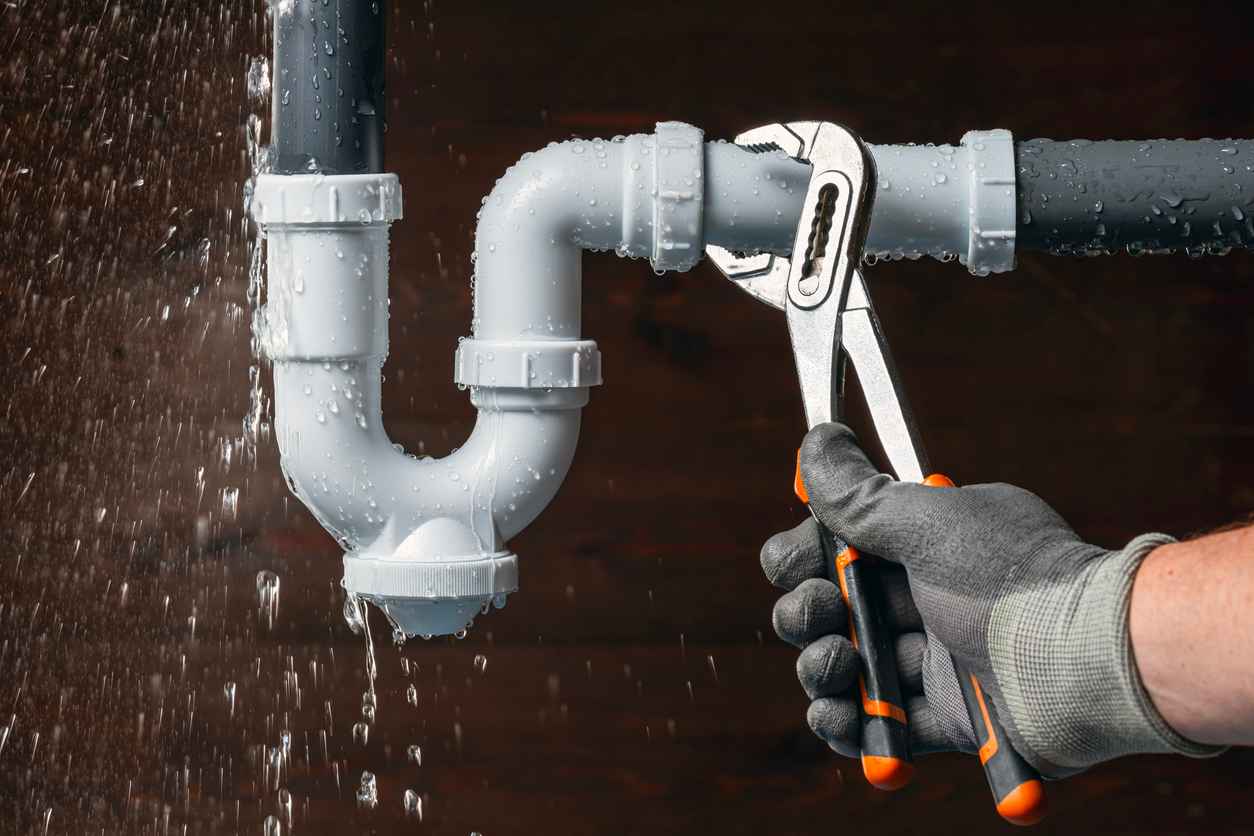
Seasonal Plumbing Maintenance Schedule for the Arizona Climate
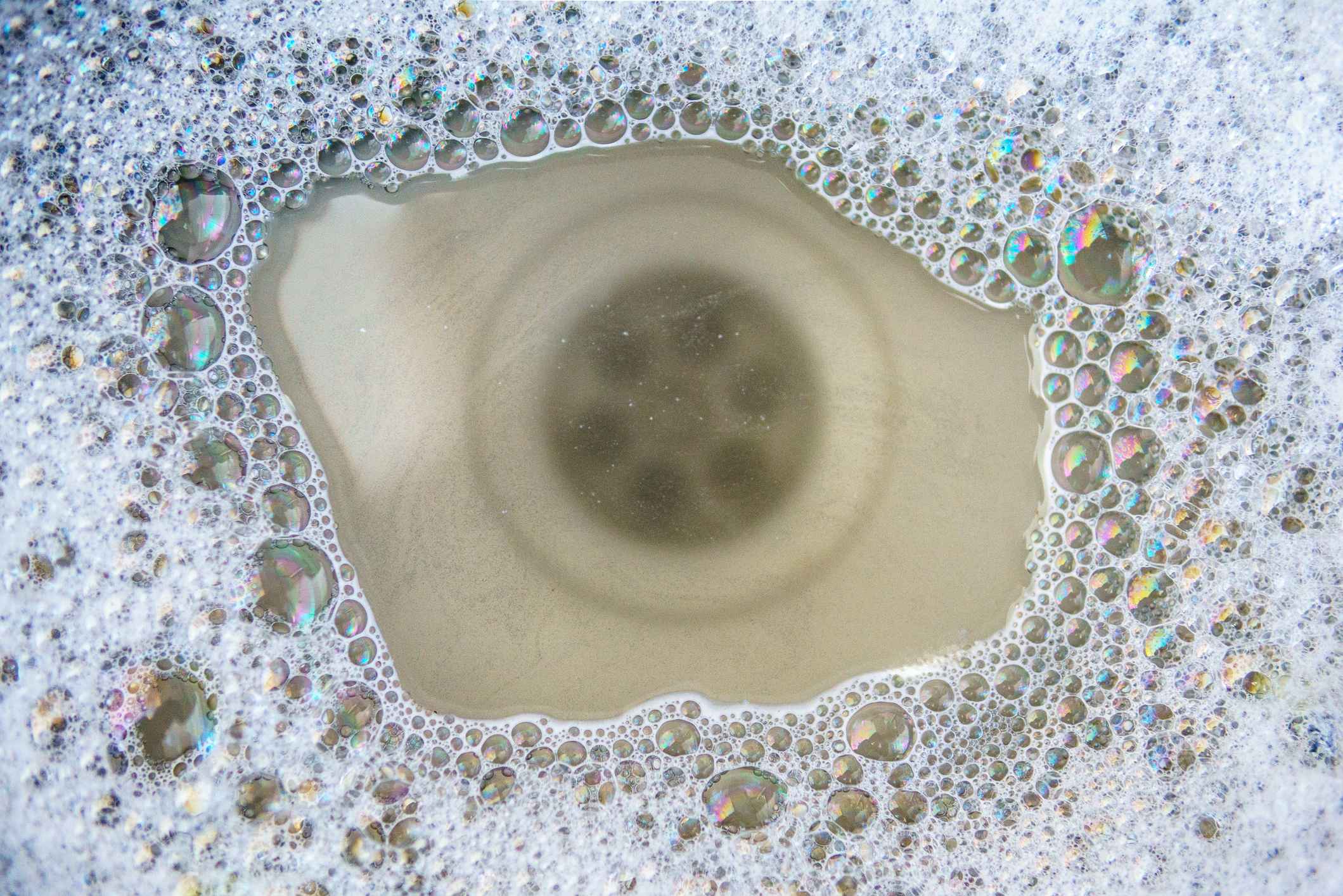
Signs of a Clogged Drain
Get in Touch

